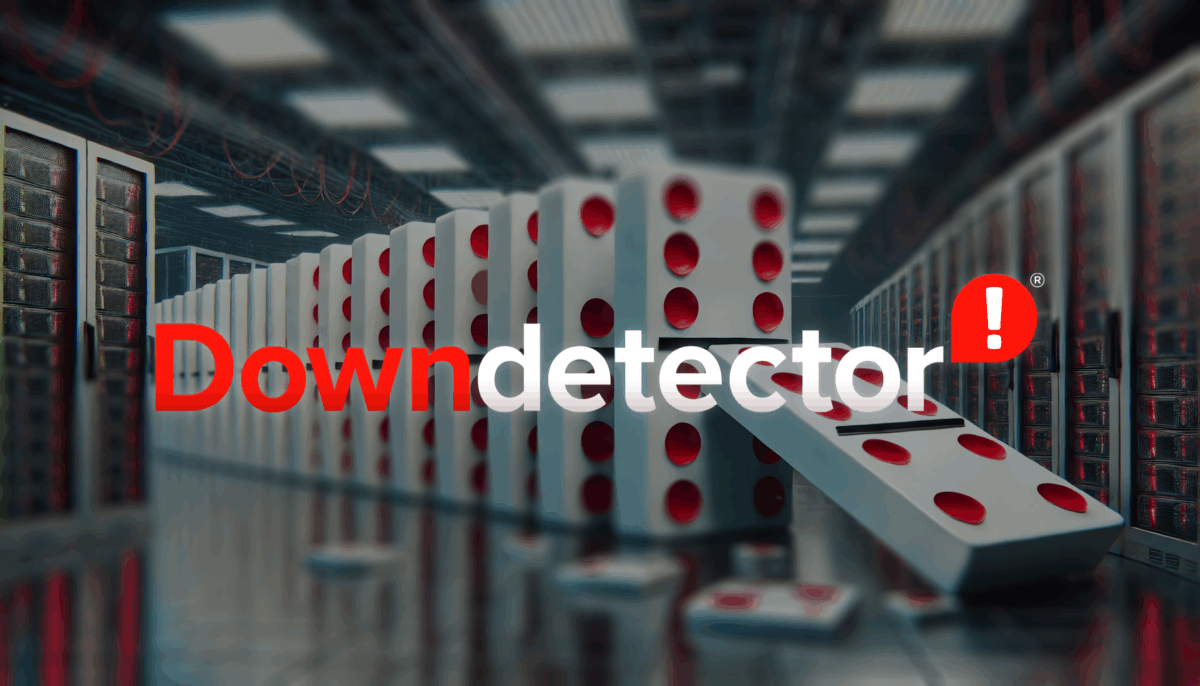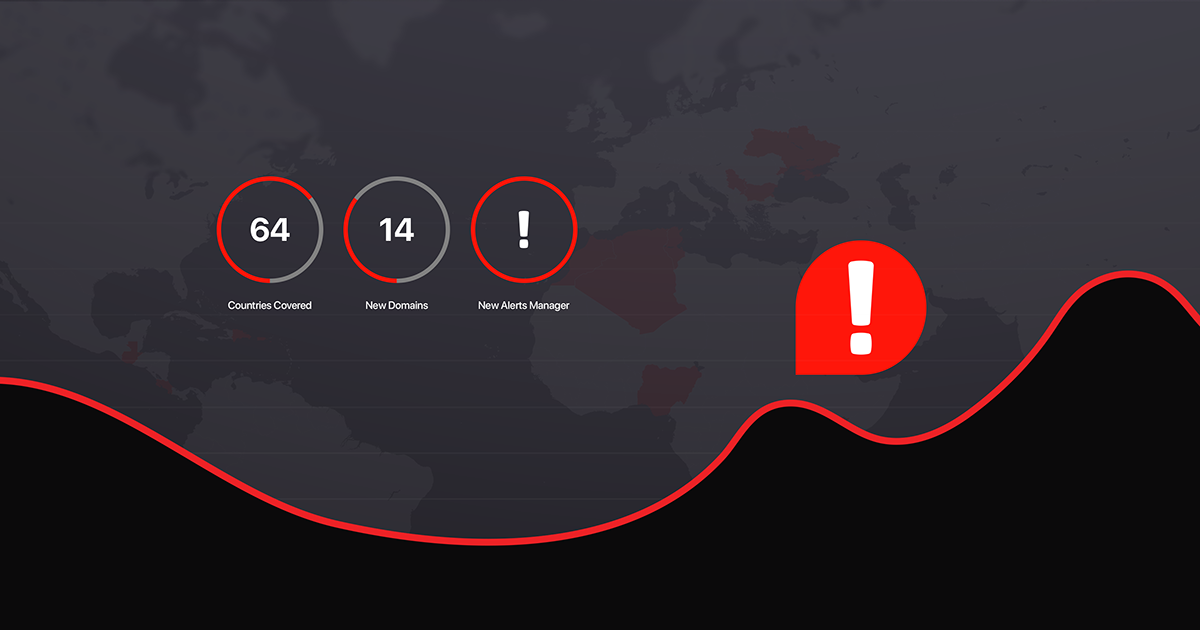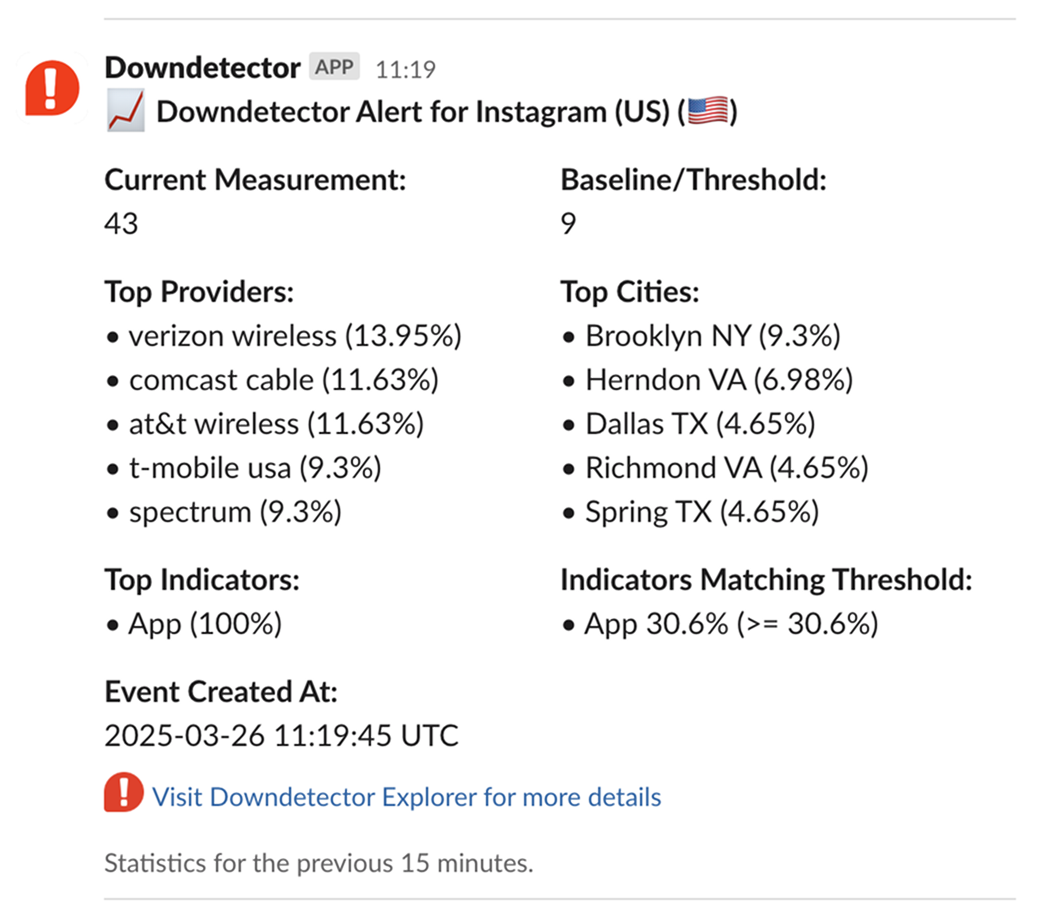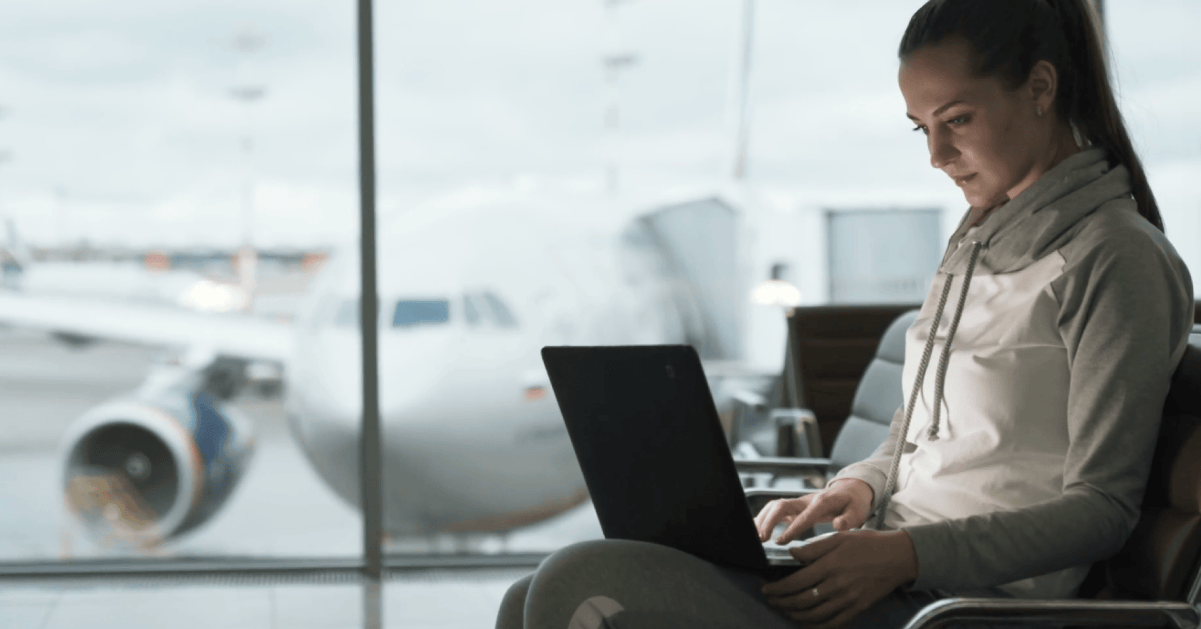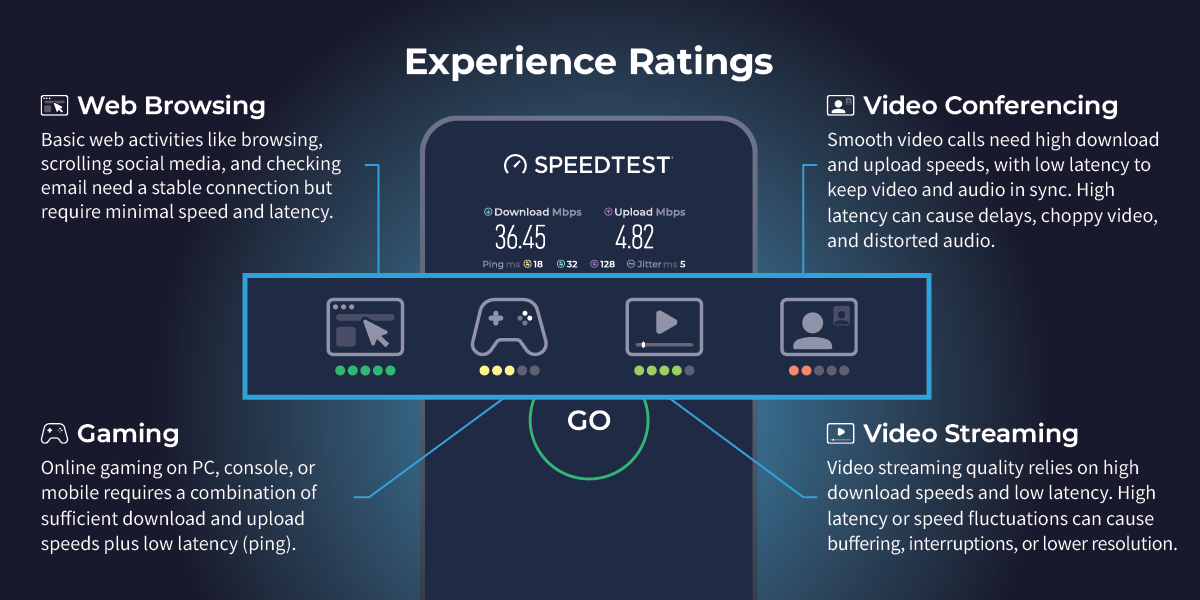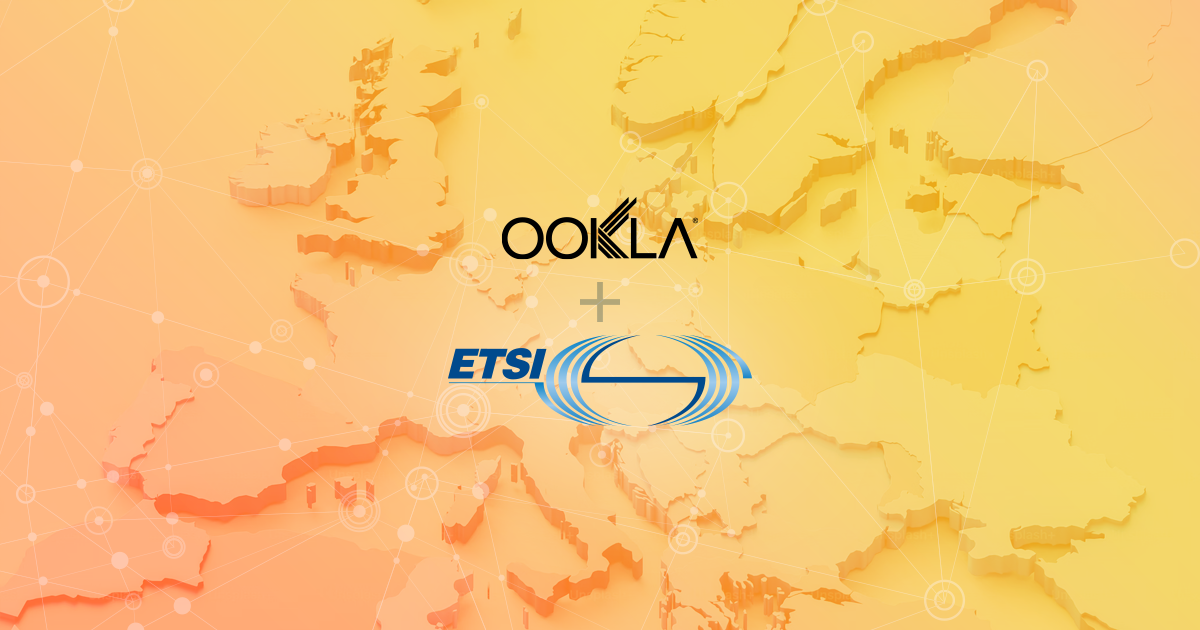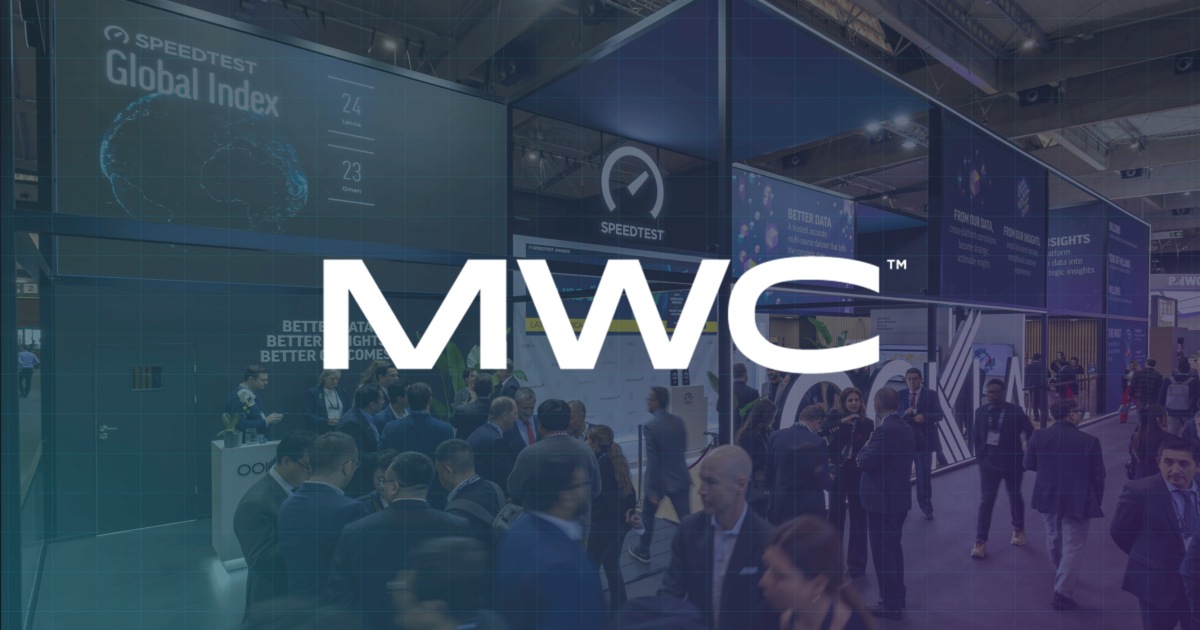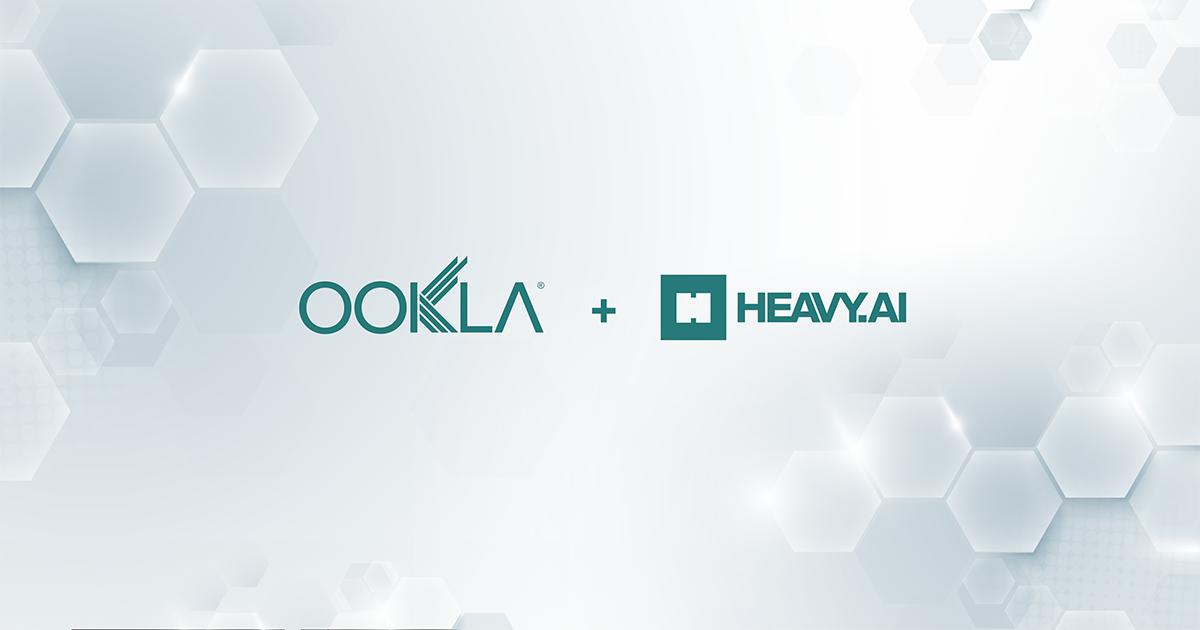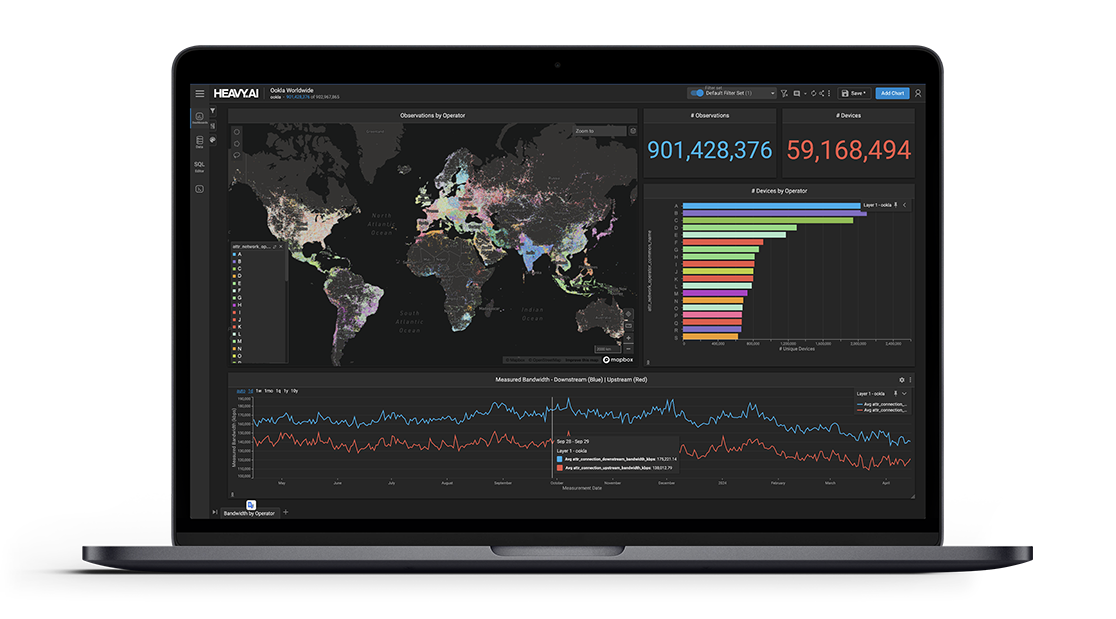A major outage, with over 1.4 million Downdetector user reports globally, across more than 50 online services, reinforces the need for more robust infrastructure given multiple dependent online services.
Downdetector outage reports highlights issues with Google Cloud
At approximately 17:56 UTC on June 12, 2025, Google Cloud entered an “Outage” state on Downdetector, as indicated by a sharp increase in user reports. Downdetector user reported data shows a rapid uptick in outage reports for Google Cloud, peaking at 6.30pm UTC, followed by a long tail of reports as users continued to experience problems with the service. This immediately affected several critical Google services, including Google Drive, Maps, Meet, Nest, Gemini, and YouTube itself.
Google Cloud Outage Summary
Downdetector® | June 12, 2025 | Global Reports
Over 1.4 million user outage reports globally
Concurrently, numerous external platforms that publicly acknowledge their reliance on Google Cloud infrastructure—notably Spotify, Snapchat, Rocket League, and OpenAI—also reported significant disruptions. The widespread nature of cloud infrastructure dependencies meant that a multitude of other online services, even those without a public direct link to Google Cloud, experienced indirect operational impacts.
Minutes later, at 18:00 UTC, Cloudflare also experienced a related outage. Cloudflare subsequently confirmed this disruption was a direct result of an issue with a “third-party cloud provider.” This directly affected major platforms such as Discord and Twitch, both of which publicly utilize Cloudflare’s infrastructure. A broad array of additional services dependent on Cloudflare were similarly impacted across their respective operations.
Over the course of the outage, Downdetector amassed over 1.4 million user reports globally, across more than 50 online services that the platform tracks. Of these 1.4 million, in excess of 800,000 were reported in the U.S. alone.
Downstream Impact – Services Impacted by Google Cloud Outage
Downdetector® | June 12, 2025 | Global Reports
The cascading effect of these outages unfortunately led to considerable confusion among users of communication service providers globally. Many users mistakenly attributed the service interruptions to their mobile or broadband providers, given that access to the affected online services was routed through their respective networks. All three national carriers in the U.S. for example, saw a substantial increase in user reports.
Both Google Cloud and Cloudflare services were largely restored to normal operational status by approximately 20:30 UTC. However, consistent with patterns observed during major service disruptions, user reports on Downdetector continued for a period thereafter.
For businesses, Downdetector provides access to dashboards that deliver early alerts, enable outage correlation, and allow for direct communication with users, ensuring a proactive approach to incident management. Learn how you can leverage Downdetector to be better prepared for outages, or reach out to schedule a demo.
Ookla retains ownership of this article including all of the intellectual property rights, data, content graphs and analysis. This article may not be quoted, reproduced, distributed or published for any commercial purpose without prior consent. Members of the press and others using the findings in this article for non-commercial purposes are welcome to publicly share and link to report information with attribution to Ookla.
